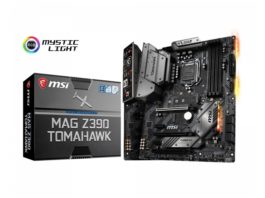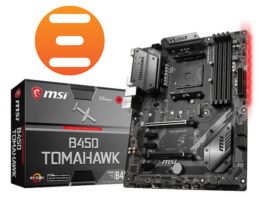[section_title title=”Overclocking”]
Overclocking
Overclocking on X99 was an all-new experience for me that I have had to get to grips with pretty quickly due to the limited amount of time I had with the motherboard. My first experiences weren’t grand and I struggled to get XMP to work, even though it is a proclaimed better feature of the Gaming 5P vs. the original Gaming 5. I have a Samsung E-die memory kit which is geared towards Z170 due to the higher frequencies involved and, I also have a Hynix MFR kit or two floating around that are geared more towards X99 users. I struggled to get the XMP of my Kingston HyperX Predator kit to boot correctly, but that may have been due to an inexperienced user (me) rather than a motherboard fault. The XMP profile should do it all for me, though. Unfortunately for the board, it didn’t in my case. I proceeded to install the Corsair memory kit that we use for all of our reviews (thanks, Corsair!) and loaded XMP. That loaded much easier, but that also has a much lower frequency rating – it’s only rated at 2666 rather than 3000 MHz. I will admit, the difference doesn’t sound too huge, but the differences between it working and it not working are very small. Although the XMP profile should have set this automatically, it turns out that the vSA (System Agent) was too low and therefore it resulted in a failure to boot. Once I sussed out that the voltage was too low, and raised it, we were peachy and on the way to finding out what the motherboard can do in our tests.
On the CPU side of things, we got to the 42x multiplier that we use for our testing with ease. Set the voltage, and the job is done. Of course, the chip that we used was a worse sample than we have had in the past (R.I.P.) and it was near to its maximum potential at 4.2 GHz. It is one of the very worst 5960X CPUs I’ve ever seen. Silicone lottery, and with the luck involved, it has always been something that evades me, but the CPU was courteously provided by GIGABYTE to make this review possible; and 4.2 GHz is all that we really needed anyway as that’s what our other motherboards were tested at.
As these CPUs draw so much current, and there’s only a single 8 pin EPS power connector, there is a likelihood that the circuitry may whine, which is completely normal. I know that some people will RMA their component(s) if the whine is too loud, but, it really is nothing to worry about unless it is unbearably loud. Good things were observed in the case of the Gaming 5P, as the load was put on the CPU, the VRM barely batted an eyelid. Whilst there was some noise, it was nowhere near as bad as some products (GPUs mainly) that I have heard in the past. It certainly would be difficult to pick up on if the motherboard were in a case, and not on a test bench like our sample(s) are.
From here onward, it was plain sailing. The CPU held up throughout the tests at 4.2 GHz and did a stellar job as you will see in the results which we obtained from the Gaming 5P which you can see in the previous pages of this review. The performance was just as you’d expect from a top-end motherboard. Okay, it’s not a completely top of the line product, but it is based on the G1 with a few minor differences; you know, that Wi-Fi card mentioned earlier. It’s as high-end as you can get without a huge price tag to match it.



